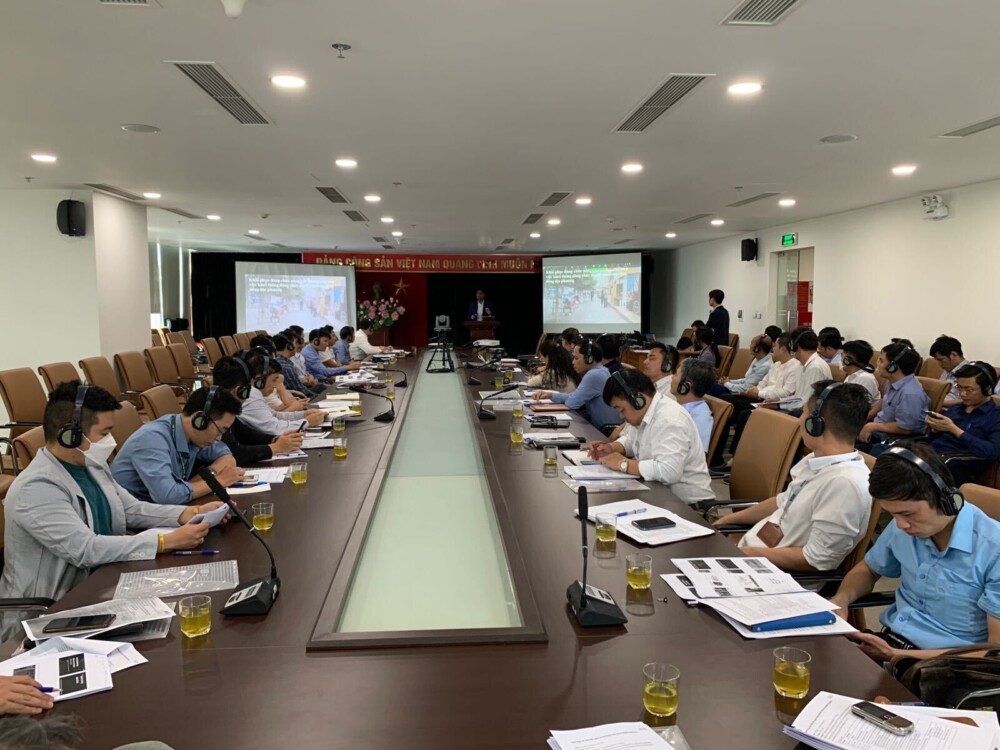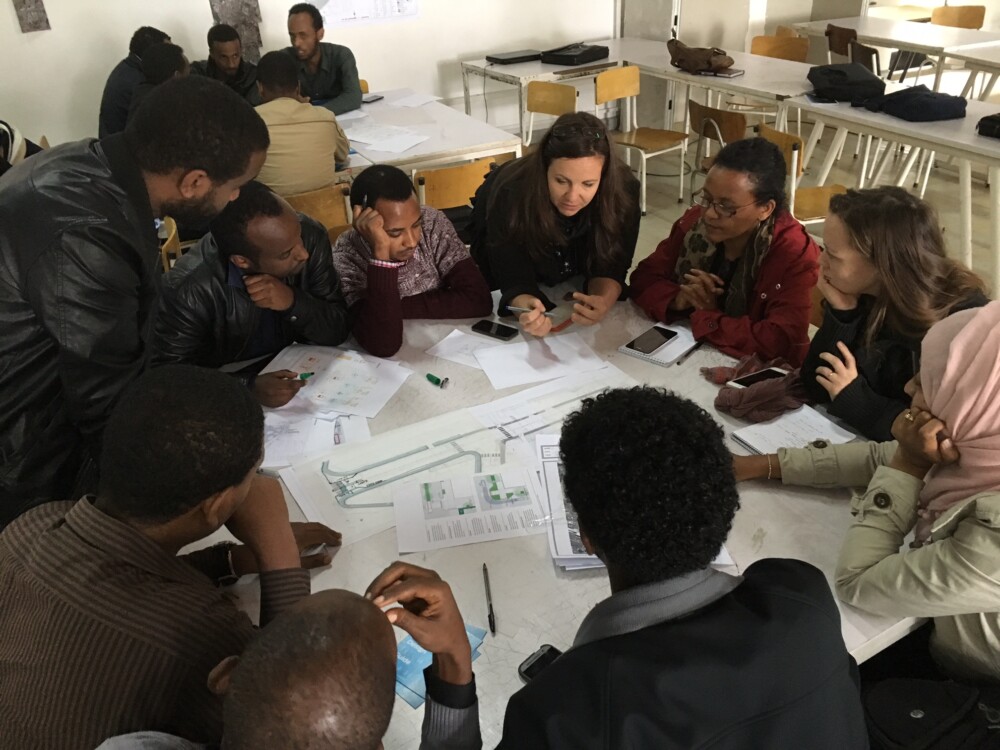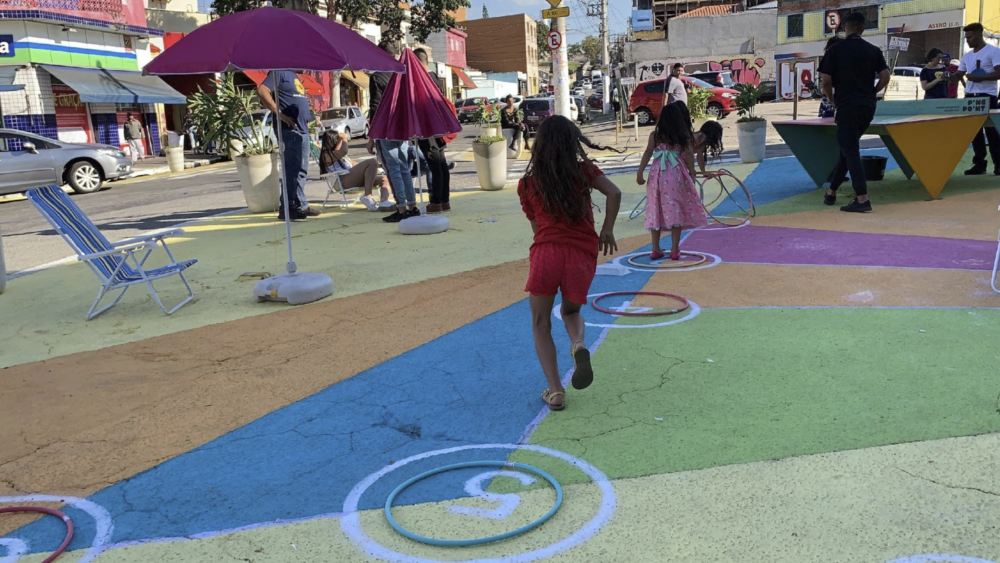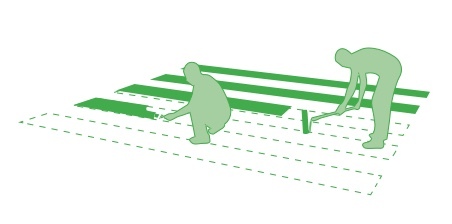
Why streets?
Streets are catalysts for urban transformation. With 75% of the world’s population expected to be living in cities by the year 2050, urban streets will need to balance demands for increasing personal mobility and access to the city economy. Where the low-density, auto-centric development patterns of the 20th century have failed, dense cities with robust multimodal transportation networks are best suited to provide sustainable growth, equal economic opportunity, and a high quality of life. Walkable, cyclable, and transit-oriented neighborhoods are what today’s urban dwellers need and demand.
As cities grow upward, inward, and outward to serve changing populations, it is critical to consider the many players and processes that shape streets. Our streets are integrally tied to other urban systems, and designing them well offers multiple benefits to cities and their residents.
…by sharing global best practices and evidence-based strategies to show them what’s possible on their streets.
…by offering technical guidance, helping them to adapt and integrate global best practices into local contexts and everyday city policies, processes, and practices.
…by ensuring that our resources are visual and accessible, inviting communities to demand safer, healthier, and more sustainable streets in their neighborhoods.
Build capacity amongst diverse sets of stakeholders to translate global best practices to their local context.
Support the transformation of streets—through design reviews, community engagement, and on-site implementation—to show what’s possible when we design streets that put people first.
Support data collection, evaluation, and communication to demonstrate the impact of street transformation projects.
Elevate the impact of projects locally, nationally, and globally to ensure permanence of pop-up and/or interim projects, creation and maintenance of citywide programs, and long-lasting policy change.
Identify where best practices from the Global Street Design Guide (GSDG) can be incorporated into everyday city policies, processes, design guides, and practices.







